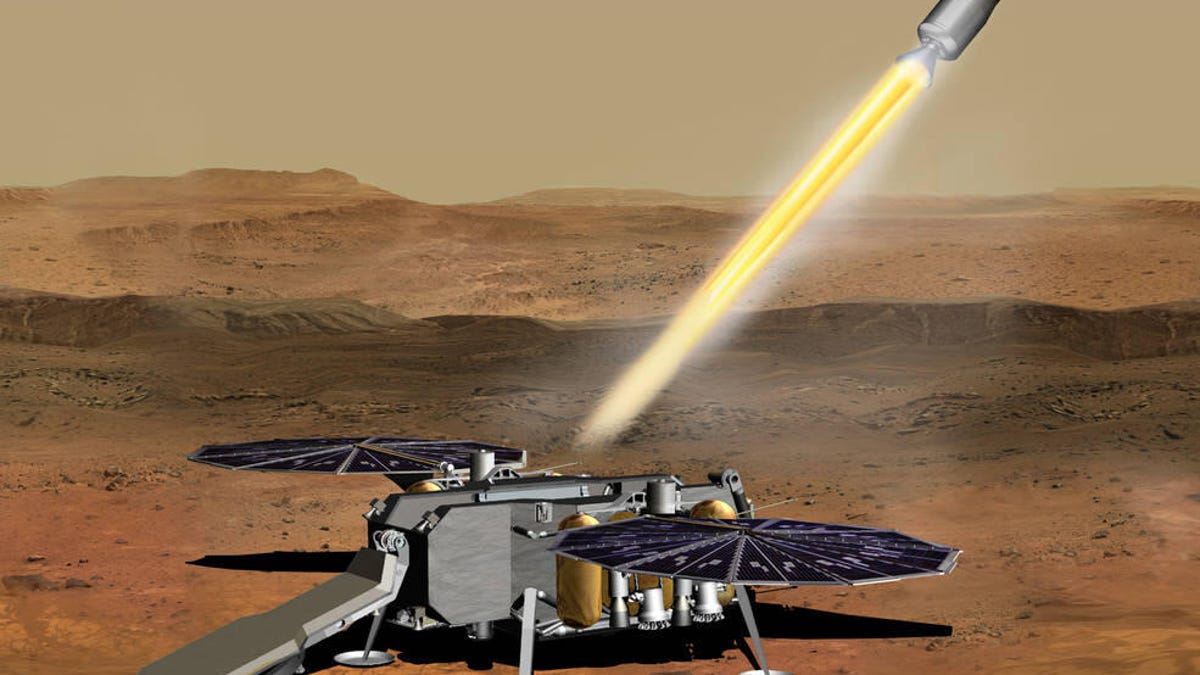NASA gets go-ahead to bring Mars rocks back to Earth
An independent review has given NASA the green light to go get some chunks of the red planet through the Mars Sample Return campaign.
It's one thing to send a spacecraft to Mars. It's another to land on the surface, pick up some pieces of the planet and then bring them all the way back to Earth. But NASA is going to try to do just that.
On Tuesday, NASA announced the results of an Independent Review Board (IRB) evaluation of its planned Mars Sample Return (MSR) mission that would at long last bring a bit of the red planet back for our scientists to study.
"Following an examination of the agency's ambitious Mars Sample Return plan, the board's report concludes that NASA is prepared for the campaign, building on decades of scientific advancements and technical progress in Mars exploration," NASA said in a statement on Tuesday.
The IRB issued an extensive series of recommendations, such as establishing offices that will help NASA and its partner in the mission, the European Space Agency (ESA), work together more smoothly. It also called for independent assessments of hardware and resources, and a fresh look at the budget, which is expected to top $4 billion for the initial phases of the campaign.
NASA already has one key part of the larger mission in place. The Perseverance rover is on its way to Mars, with a scheduled arrival in February 2021. The rover is equipped with a series of sample tubes that it will use to collect rocks and soil for later retrieval by MSR.
The plans calls for more major components, including a "fetch" rover from ESA that will collect the sample tubes left by Perseverance and carry them to a NASA-made Mars Ascent Vehicle that would launch them into orbit around Mars. An ESA Earth Return Orbiter would meet up in Mars orbit with that vehicle to bring the samples back to us.
If that sounds complicated, it's because it is. That's one of the reasons NASA initiated what it called "the earliest independent review of any NASA Science Mission Directorate large strategic mission."
NASA and ESA hope to launch the next phases of MSR in the mid- to late-2020s. If all goes well, we could have pristine pieces of Mars delivered to Earth in the 2030s.
Said Thomas Zurbuchen, NASA associate administrator for science, "Ultimately, I believe this sample return will be well worth the effort and help us answer key astrobiology questions about the red planet -- bringing us one step closer to our eventual goal of sending humans to Mars."


